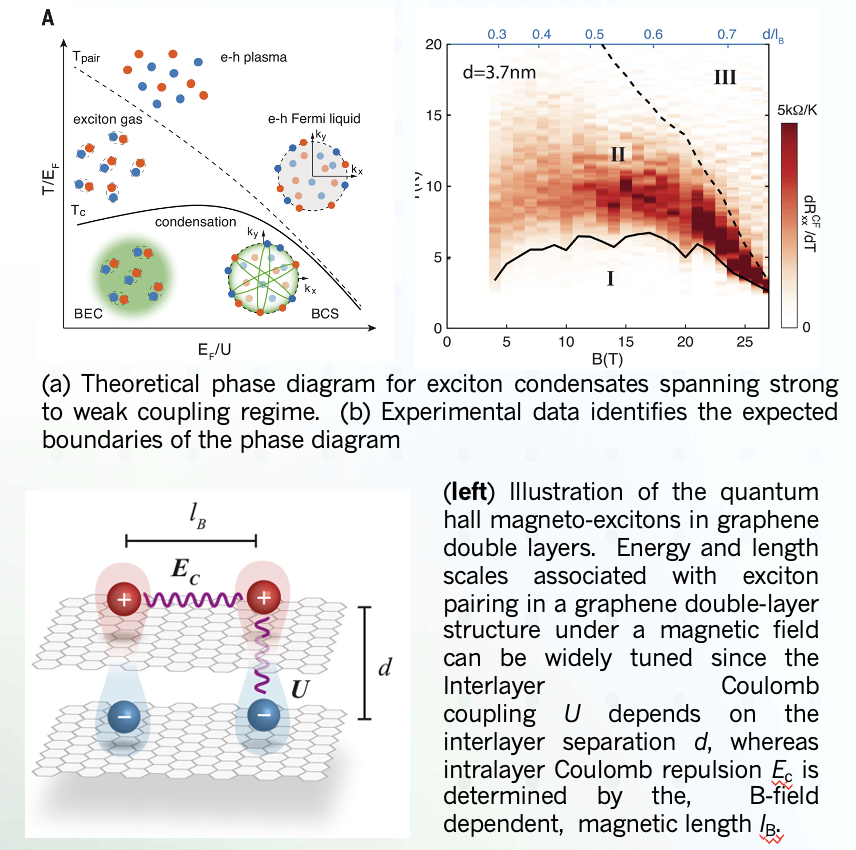 Condensation of paired fermions into a quantum ground state represents one of the most spectactular many-body effects in strongly interacting systems. Depending on the strength of the interactions the pairs can range from large and overlapping to tightly bound. Understanding that these two BCS and BEC pairing limits represent a continuum of a single phase diagram is one of the great theoretical achievements of the past century. Although well established in ultracold Fermi gas experiments, observation of the BEC-BCS crossover in electronic systems has remained challenging due to the limited ability to tune electron interactions in solid sate materials.
Condensation of paired fermions into a quantum ground state represents one of the most spectactular many-body effects in strongly interacting systems. Depending on the strength of the interactions the pairs can range from large and overlapping to tightly bound. Understanding that these two BCS and BEC pairing limits represent a continuum of a single phase diagram is one of the great theoretical achievements of the past century. Although well established in ultracold Fermi gas experiments, observation of the BEC-BCS crossover in electronic systems has remained challenging due to the limited ability to tune electron interactions in solid sate materials.
We studied graphene double layers separated by an atomically thin insulator. Under applied magnetic field, electrons and holes couple across the barrier to form bound magneto-excitons. Using temperature-dependent Coulomb drag and counterflow current measurements, we were able to tune the magneto-exciton condensate through the entire phase diagram from weak to strong coupling.
The dynamical and continuous tunability of fermion pairing in a solid-state device opens the door to investigating the phenomenology of fermion condensates of various pairing strengths, and may lead to improved understanding of the connection between the BCS-BEC crossover and unconventional superconductivity.